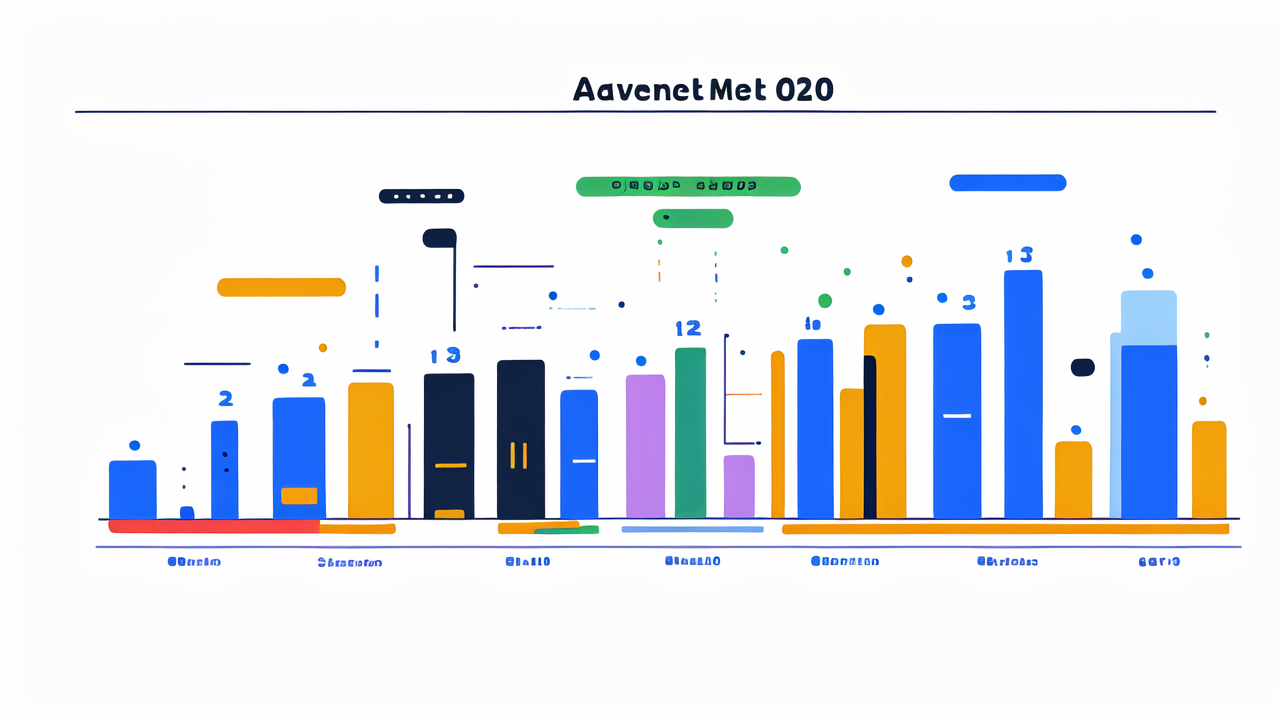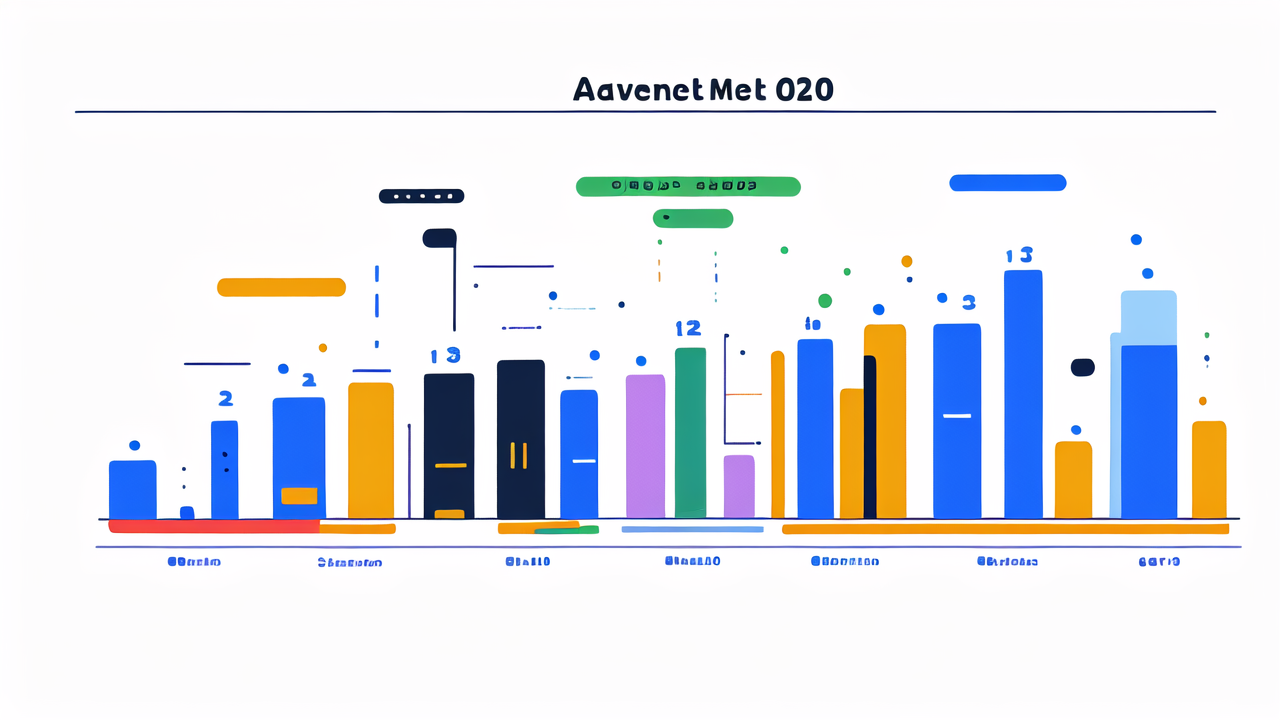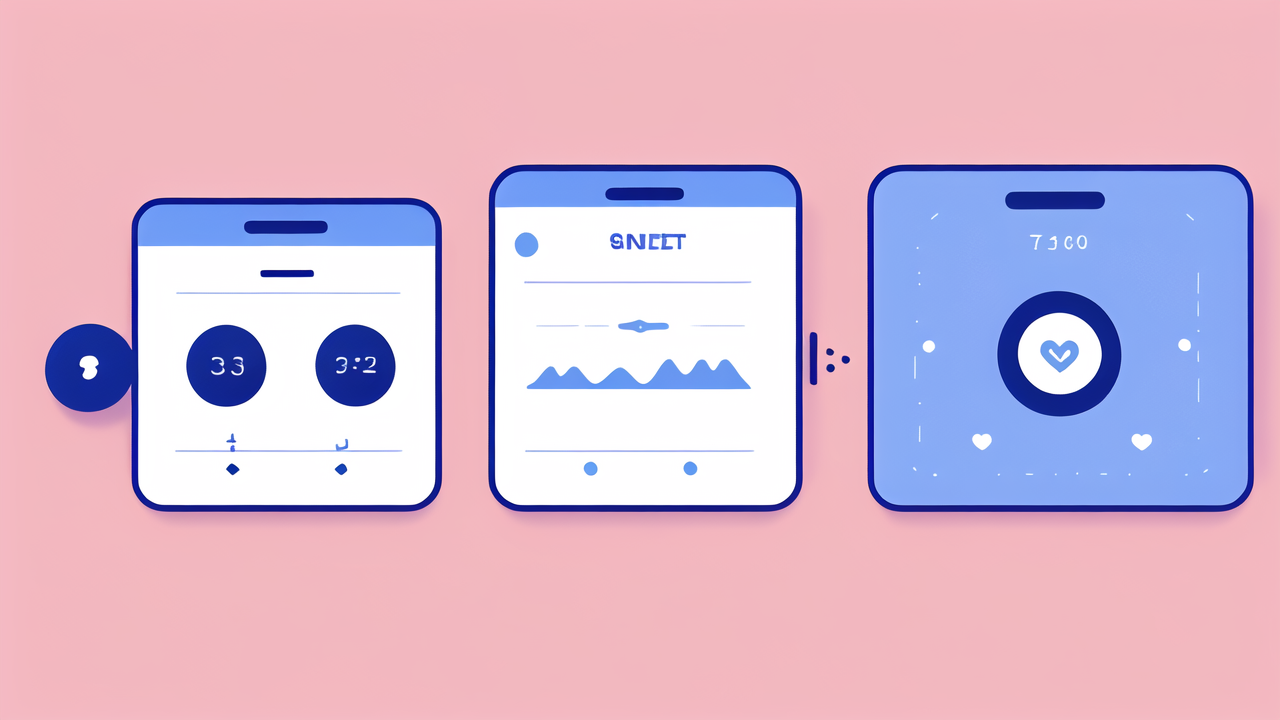The Rise of Wearable Technology in the United States
Key Factors Driving the Wearable Tech Market
The wearable tech market has seen rapid growth in recent years. Several factors have fueled this boom. First, there's a growing interest in health and fitness tracking. People want to monitor their activity levels and vital signs easily.

Second, advances in sensor technology have made wearables more accurate and reliable. This has increased consumer trust in these devices. Third, smartphones have become ubiquitous. This has made it easier for wearables to sync and share data.
Lastly, there's a trend towards personalized health care. Wearables play a key role in this shift. They provide continuous data that can help in early disease detection and prevention.
The History of Wearable Devices: A Timeline
Wearable technology has a rich history dating back several decades. In the 1960s, the first wearable computer was created. It was a head-mounted display system. The 1970s saw the invention of digital watches. These were early examples of wearable tech.
The 1980s brought us calculator watches and hearing aids. In the 1990s, we saw the first commercially available wearable computer. The 2000s marked the beginning of modern fitness trackers. Brands like Fitbit and Jawbone entered the market.
The 2010s saw an explosion in wearable tech. Smartwatches, advanced fitness trackers, and VR headsets became popular. Today, we're seeing the rise of smart clothing and even implantable devices.
Market Growth: Statistics and Predictions
The wearable technology market has shown impressive growth. In 2020, global shipments of wearable devices reached 444.7 million units. This was a 28.4% increase from 2019. The market is expected to grow even further in the coming years.
By 2024, forecasts suggest the market could reach 632.1 million units. The smartwatch segment is leading this growth. It's expected to maintain the largest market share. Fitness trackers and ear-worn devices are also showing strong growth.
In terms of revenue, the global wearable technology market was valued at $32.63 billion in 2019. It's projected to reach $74.03 billion by 2026. This represents a compound annual growth rate of 12.5%.
Wearable Technology: Health and Wellness Focus
The Role of Wearables in Personal Health Management
Wearable technology has become a crucial tool in personal health management. These devices offer real-time health monitoring. They track various metrics like heart rate, sleep patterns, and physical activity.

Many wearables now include features for stress management. They can detect high stress levels and suggest relaxation techniques. Some devices can even monitor blood oxygen levels and detect irregular heart rhythms.
Wearables are also playing a role in chronic disease management. They help patients track symptoms and medication schedules. This data can be shared with healthcare providers for better care.
Advanced Features in Modern Fitness Trackers
Modern fitness trackers have come a long way from simple step counters. They now offer a wide range of advanced features. Many trackers include GPS for accurate distance tracking during outdoor activities.
Heart rate monitoring has become more sophisticated. Some devices can track heart rate variability. This can provide insights into overall health and recovery. Advanced sleep tracking is another common feature.
Some trackers now offer ECG capabilities. These can detect signs of atrial fibrillation. Others include SpO2 sensors to measure blood oxygen levels. Many also offer guided workouts and personalized fitness plans.
The Integration of AI and Machine Learning in Wearables
Artificial Intelligence (AI) and Machine Learning (ML) are revolutionizing wearable technology. These technologies are making wearables smarter and more personalized. AI algorithms can analyze data from wearables to provide actionable insights.
For example, AI can detect patterns in heart rate data to predict potential health issues. ML models can learn from a user's activity patterns to provide more accurate calorie burn estimates.
AI is also enhancing the user experience of wearables. It powers voice assistants in smartwatches. It helps in natural language processing for text input. AI and ML are making wearables more proactive in health management.
The Future of Wearable Technology: Trends and Innovations
The Emergence of Smart Clothing and Fabric Tech
Smart clothing represents the next frontier in wearable technology. These are garments with embedded sensors and electronics. They can monitor various health metrics without the need for separate devices.

Some smart clothes can monitor heart rate, breathing rate, and body temperature. Others can track muscle activity and posture. There are even smart socks that can detect foot ulcers in diabetic patients.
Smart fabrics are at the core of this innovation. These are textiles with integrated technology. Some can change color or temperature. Others can harvest energy from body movement or sunlight.
Interoperability and Data Connectivity in Wearables
Interoperability is becoming increasingly important in the wearable tech world. Users want their devices to work together seamlessly. This includes sharing data across different platforms and apps.
Many companies are working on creating open standards for wearable data. This will allow for better integration between devices from different manufacturers. It will also make it easier for healthcare providers to access and use this data.
5G technology is set to play a big role in wearable connectivity. It will allow for faster data transfer and more reliable connections. This could enable new applications, like real-time health monitoring.
Ethical Considerations in Wearable Technology Development
As wearable technology becomes more advanced, ethical concerns are coming to the forefront. Privacy is a major issue. Wearables collect vast amounts of personal data. There are concerns about how this data is stored, used, and shared.
Data security is another important consideration. Wearables could be vulnerable to hacking. This could lead to personal information being stolen or manipulated.
There are also concerns about the accuracy of health data from wearables. If this data is used for medical decisions, inaccuracies could have serious consequences. Developers must ensure their devices are reliable and validated.
Lastly, there's the issue of digital divide. As wearables become more integral to healthcare, those who can't afford them might be left behind. Ensuring equitable access to this technology is an important ethical challenge.




Leave a comment
This site is protected by hCaptcha and the hCaptcha Privacy Policy and Terms of Service apply.